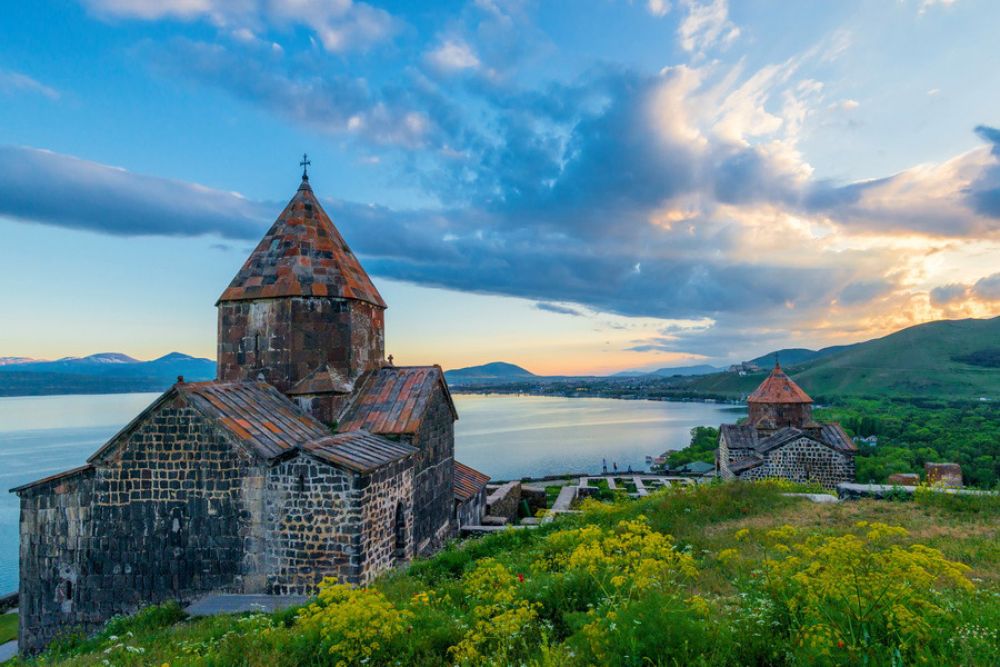

Sevanavank Monastery is a historic site located on the northwestern shore of Lake Sevan in Armenia. While the monastery itself, founded in the 9th century by Princess Mariam Bagratuni, is not directly associated with a distinct culinary history, the region around Lake Seven has a rich gastronomical tradition. Armenian cuisine in general is a reflection of the history and geography of the country, with influences from the Mediterranean, Middle Eastern, and the Caucasus regions, as well as a deep-rooted monastic tradition that often included fasting and vegetarianism.
Armenia's monastic communities have historically had periods of fasting and abstaining from animal products. Monks would have relied on the vast array of vegetables, legumes, grains, and fruits native to the region. Lake Sevan, the largest body of water in Armenia and the Caucasoid region, also provides an abundant supply of freshwater fish, particularly the Sevan trout (also known as ishkhan), which has been a staple in the diet of locals for centuries, although it's not a vegetarian option.
Sevan Writers House
Peninsula Sevan, Gegharkunik Province, ArmeniaLocated near Sevanavank Monastery, this restaurant offers picturesque views of Lake Sevan. Famous for its Sevan Trout (non-veg), but it also provides a variety of vegetarian dishes.
Tsovatsots
Sevan city, near the Sevan PeninsulaKnown for its traditional Armenian dishes, Tsovatsots offers an authentic local experience with dishes like Grilled Vegetables (veg) and Ghapama (veg).
Lavash Restaurant
Yerevan-Sevan highway 5/1, Sevan 1503, ArmeniaWhile not exactly in Sevanavank, this restaurant is located on the way from Yerevan to Sevan and is famous for its traditional cuisine including the namesake Lavash bread (veg).
Keep in mind that the specifics of the menu options, such as vegetarian or non-vegetarian dishes, can often be altered according to dietary preferences on request at many Armenian restaurants.